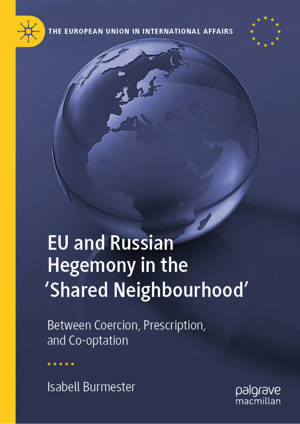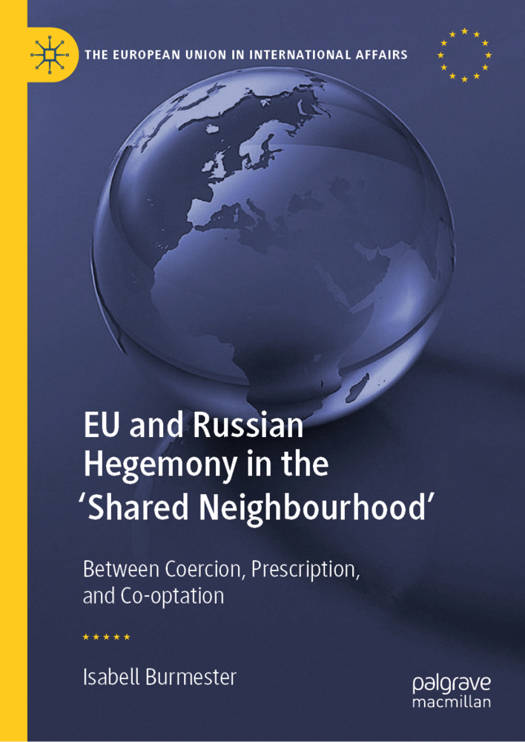
- Retrait gratuit dans votre magasin Club
- 7.000.000 titres dans notre catalogue
- Payer en toute sécurité
- Toujours un magasin près de chez vous
- Retrait gratuit dans votre magasin Club
- 7.000.0000 titres dans notre catalogue
- Payer en toute sécurité
- Toujours un magasin près de chez vous
EU and Russian Hegemony in the 'Shared Neighbourhood'
Between Coercion, Prescription, and Co-Optation
Isabell BurmesterDescription
This open access book examines the EU's and Russia's policies in Eastern Europe and the South Caucasus through the prism of hegemony, a concept that it applies to both regional actors. The study cross fertilises the literatures on the EU neighbourhood policy, Russia's foreign policy, and the scholarship on power in international relations to arrive at an innovative conceptualisation of the mechanisms of hegemonic power. The comparative lens of the analysis leads to novel findings that advance our understanding of the EU's and Russia's behaviour in the EU's Eastern neighbourhood. In this book, the existing, separate theorisations are subsumed under more generic terms and concepts, thereby rendering EU and Russian modes of influence comparable for empirical analysis. The comprehensive conceptual framework of hegemonic power in shared neighbourhoods is based on three ideal typical mechanisms of hegemonic influence: coercion, prescription, and co-optation. To understand the nature of EU and Russian hegemony in the region, the uses of the three mechanisms by Russia and the EU towards two neighbourhood countries are compared. The focus is laid on EU and Russian actions towards Moldova and Armenia since the beginning of the 2000s and the local perceptions of these actions. Thus, the comparative case study provides insights into the longer developments in this regional order that led to Russia's full-scale invasion of Ukraine on 24 February 2022. The book is intended for scholars and students interested in understanding the broader context of Russia's war in Ukraine. Because of its contribution to the debate on regional powers in shared neighbourhoods, it is particularly useful for researchers analysing the (changing) power dynamics and hegemonic behaviour in this regional order. Furthermore, it offers other scholars an analytical framework to work with when analysing the policies of different regional powers.
Spécifications
Parties prenantes
- Auteur(s) :
- Editeur:
Contenu
- Nombre de pages :
- 236
- Langue:
- Anglais
- Collection :
Caractéristiques
- EAN:
- 9783031754876
- Date de parution :
- 06-04-25
- Format:
- Livre relié
- Format numérique:
- Genaaid
- Dimensions :
- 148 mm x 210 mm

Les avis
Nous publions uniquement les avis qui respectent les conditions requises. Consultez nos conditions pour les avis.






